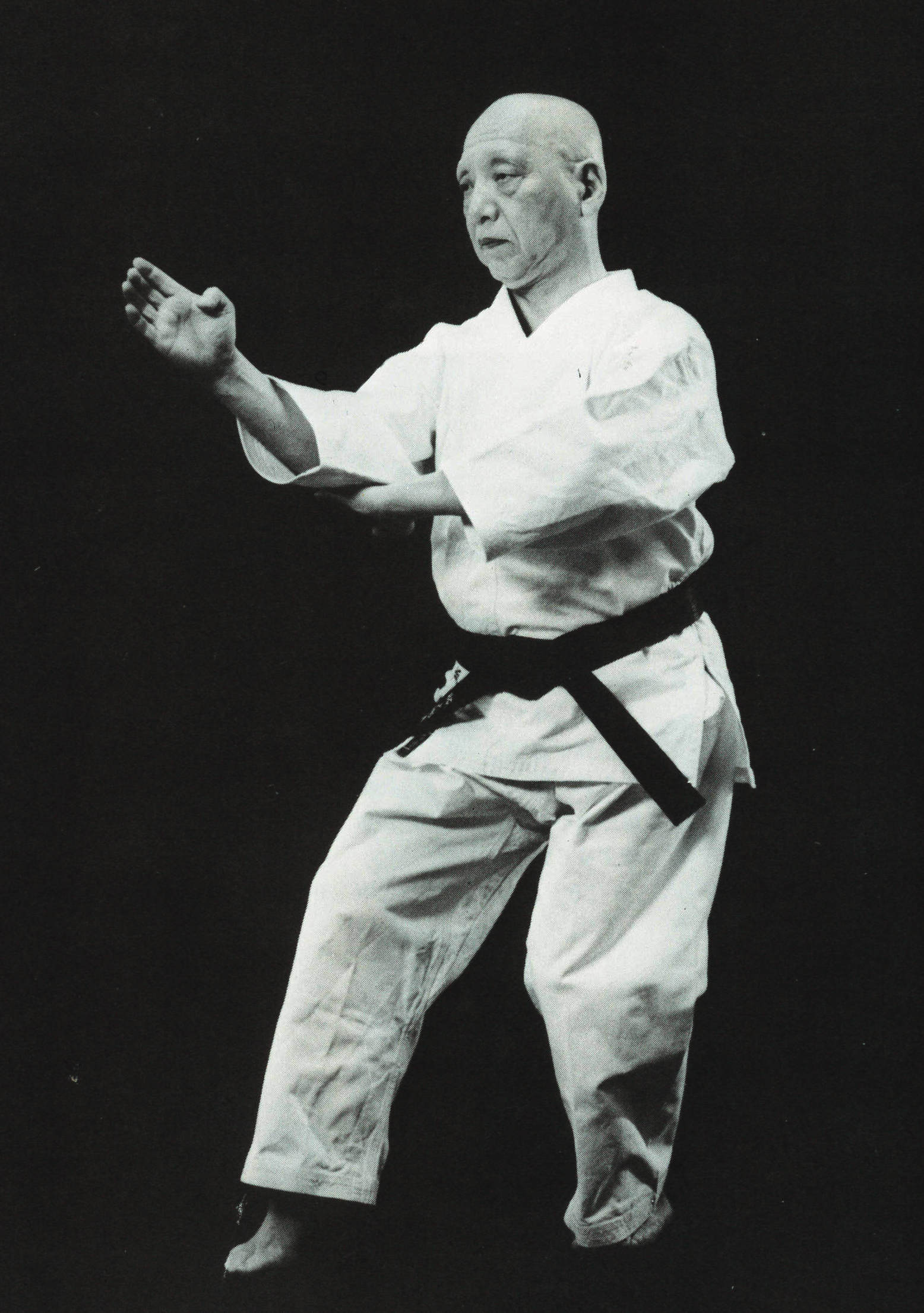
simply “hand”) or karate had been passed down through many generations with jealous secrecy, it was his view that it should be taught to anyone who sought knowledge with honesty and integrity. Although much that was known as “ Te” (Chinese Fist lit. In an effort to popularize karate in mainland Japan, Mabuni made several trips to Tokyo in 19. As a police officer, he taught local law enforcement officers and at the behest of his teacher Itosu, began instruction in the various grammar schools in Shuri and Naha. There is even some evidence that his expertise was sought out in China, as well as Okinawa and mainland Japan. By the 1920s, he was regarded as the foremost authority on Okinawan kata and their history and was much sought after as a teacher by his contemporaries. In fact, Mabuni was legendary for his encyclopaedic knowledge of kata and their bunkai applications. Shitō-ryū focuses on both hard and soft techniques to this day.Īlthough he remained true to the teachings of these two great masters, Mabuni sought instruction from a number of other teachers, includingSeishō Arakaki, Tawada Shimboku, Sueyoshi Jino and Wu Xianhui (a Chinese master known as Go-Kenki). While both Itosu and Higaonna taught a “hard-soft” style of Okinawan “Te”, their methods and emphases were quite distinct: the Itosu syllabus included straight and powerful techniques as exemplified in the Naihanchi and Bassai kata the Higaonna syllabus stressed circular motion and shorter fighting methods as seen in the kata Seipai and Kururunfa. Mabuni began to learn Naha-te ( 那覇手 ?) under him. One of his close friends, Chōjun Miyagi ( 宮城 長順 Miyagi Chōjun ?) (co-founder of Gojū-ryū Karate) introduced Mabuni to another great of that period, Kanryō Higaonna ( 東恩納 寛量 Higaonna Kanryō ?). It was Itosu who first developed the Pinan kata, which were most probably derived from the “ Kusanku” form. He trained diligently for several years, learning many kata from this great master.


Perhaps because of his weak constitution, he began his instruction in his home town in the art of Shuri-te ( 首里手 ?) at the age of 13, under the tutelage of the legendary Ankō Itosu ( 糸州 安恒 Itosu Ankō ?) (1831–1915). Mabuni was a 17th generation descendant of the famous warrior Oni Ufugusuku Kenyu. Kenwa Mabuni (Mabuni Kenwa 摩文仁 賢和) was born in Shuri, Okinawa in 1889.


 0 kommentar(er)
0 kommentar(er)
